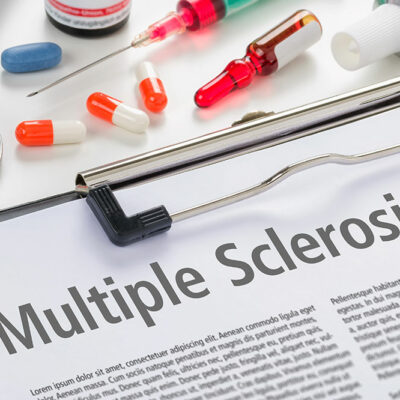13 subtle signs of a partner having an affair

Navigating the complex terrain of relationships requires attentiveness to subtle changes. The suspicion of infidelity can cast a looming shadow over the foundation of trust. While definitive proof may be elusive, certain behaviors can raise red flags. These signs can indicate an underlying situation, so it’s crucial to approach the situation with sensitivity and honest communication. Whether it’s an unusual behavior or something else, here are a few signs one’s partner may have an affair.
Changes in communication patterns
Open communication is paramount for any thriving relationship. If a partner who was once open and communicative becomes secretive or distant, it could raise an alarm. A sudden change in communication patterns, such as avoiding eye contact, being vague, or showing reluctance to discuss specific topics, may indicate an underlying issue.
Altered emotional intimacy
Emotional connection is integral to a healthy relationship. If there is a diminishing emotional intimacy, where one’s partner is less engaged or interested, it could indicate emotional energy being invested elsewhere.
Unexpected affection or distance
While it might seem counterintuitive, an affair can increase affection as one’s partner attempts to alleviate guilt. Conversely, some may withdraw emotionally, creating a noticeable distance. Nonetheless, a sudden surge of affection or unexplained emotional detachment can be red flags.
Changes in routine and habits
Watch for alterations in the partner’s routine. It might be worth investigating if they begin working late frequently, making unexplained trips, or adopting new habits without reasonable explanation.
Guarded gadgets
In the digital age, devices hold a trove of personal information. If an individual becomes overly protective of their phone or computer, it could signify they’re hiding something.
Unusual financial transactions
It is no surprise, but money talks. One must monitor one’s partner’s unexplained expenditures, credit card statements, or sudden shifts in financial patterns.
Heightened defensiveness
If innocent questions lead to defensive responses or a partner deflects discussions about their day or activities, it could be an attempt to conceal something. A defensive stance may indicate a conscious effort to avoid revealing details.
Mysterious social connections
Pay attention to changes in the partner’s social circles. New friends or colleagues suddenly taking precedence in their lives without a clear explanation may signal an attempt to create distance from the primary relationship.
Avoiding plans
A sudden disinterest in making plans or discussing long-term goals might indicate a shift in one’s partner’s commitment. An affair can alter perspectives on the future, leading to a lack of enthusiasm for joint plans.
Physical intimacy fluctuations
Changes in physical intimacy can be both subtle and significant. While a decline in intimacy may be an obvious sign, sudden spikes can also occur as a way to compensate for feelings of guilt.
Comparisons and criticisms
If an individual’s partner frequently compares them to someone else or becomes excessively critical, it might signify emotional detachment. Affairs can sometimes trigger a shift in perception, leading to comparisons.
Unexplained absences
Frequent and unexplained absences are classic signs of potential infidelity. If one’s partner is often unavailable without a reasonable explanation, it may be time for an open conversation about the situation.
Gut feelings and intuition
Never underestimate the power of intuition. If one’s instincts signal that something is off, it’s worth exploring. Intuition often picks up on subtle cues that may not be immediately apparent.










